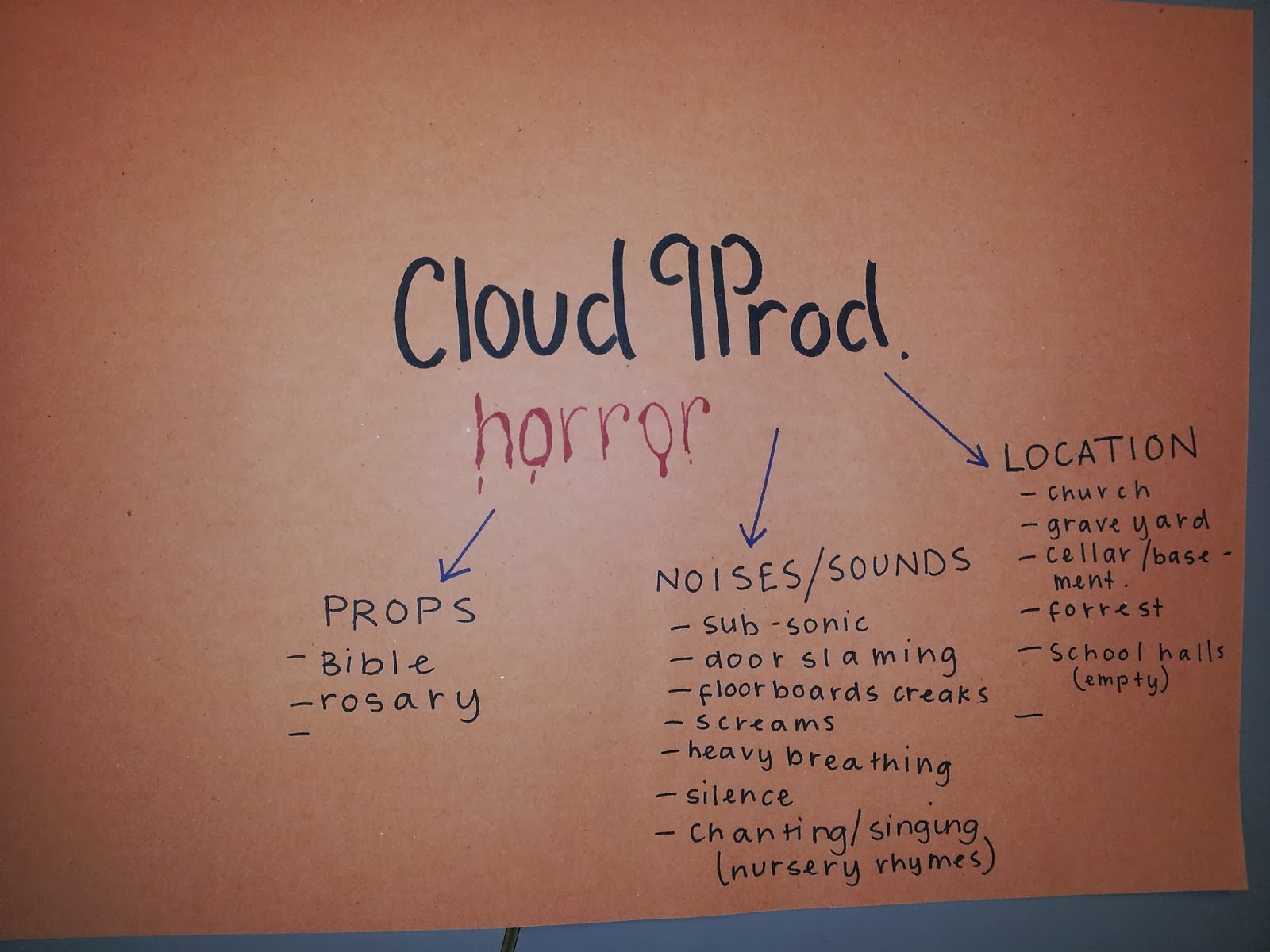Film Analysis
"Ju-on: The Grudge"
Ju-on: The Grudge is
a 2002, Japanese horror, directed and written by Takashi Shimizu. It was
distributed by Lionsgate Films and has a running time of 92 minutes. The film
had a budget of $3.5 million and made $3,004,709 at Box Office. There are 6 films that tie in to the Ju-on series: The Curse, The Curse 2, The Grudge, The Grudge 2, White Ghost and Black Ghost. There are also novels and comics of this story. There is even a video and PC game based on Ju-on: The Grudge.
Ju-on
(Franchise)
Ju-on is a series
of Japanese horror films by Takashi Shimizu. Takeo is a man that believes
his wife; Kayako was having an affair with another man and in a jealous rage,
murders her and their son Toshio. His son had a pet cat that the father also
killed.
(“Ju-on” means ‘curse’
or ‘grudge’) When a person dies with a deep sorrow or rage, a curse is born
and gathers in the place where the person died or in some cases where the
person was frequently found during their time alive.
The house in Nerima is haunted by the spirits of the Saeki
family and kills anyone who enters the house, encountering the curse, or is
contacted by somebody who was already cursed. The following deaths spread the
curse further to other locations.
Genre
Ju-on: The Grudge features the stereotypical conventions of a Japanese horror film which focuses more on tension building, ghosts and hauntings which are often themed around old folk tales. Some of these folk tales can be traced to the Tokugawa period and the Meiji period in Japan. However, the history of Japanese ghost stories hold an older history in literature from the Heian period.
Genre
Ju-on: The Grudge features the stereotypical conventions of a Japanese horror film which focuses more on tension building, ghosts and hauntings which are often themed around old folk tales. Some of these folk tales can be traced to the Tokugawa period and the Meiji period in Japan. However, the history of Japanese ghost stories hold an older history in literature from the Heian period.
Lighting
The prologue opens showing an alleyway de-saturated colours which help to accent the shadows in the small space, making it seem more intimidating and uninviting. The scene continues in de-saturated colours and dark lighting which help to enforce the dark nature and psychological disturbance of the film's plot.
During particular scenes of possession or when the ghost is present, the lighting becomes less bright and the shadows in the room stretch to saturate the room in darkness, signifying the presence of the ghost or a possession.
Location
"The Grudge" is both set and filmed in Japan where the plot revolves around a curse embedded within a house located in Nerima, Tokyo.
Music
The music for The Grudge was by Shiro Sato. Stereotypically of a horror film, the music was dark and eerie to help create tension and foreshadow an unfortunate event.
The Grudge (US
version)
The Grudge is a 2004, American horror film, directed by
Takashi Shimizu (who was director of the original Ju-on: The Grudge). The film was scripted by Stephen Susco and was
produced by Sam Rainu and Robert Tapert. It was distributed by Colombia
Pictures and also has a running time of 92 minutes. The film had a budget of
$10 million and made $187,281,115 at the Box Office.
It is the first instalment in The Grudge film series and is
a remake of the original Japanese horror, Ju-on: The Grudge. It is followed by
two sequels: The Grudge2 and The Grudge 3.
A curse is boring as someone has died in a powerful rage and
sorrow, in a house set in Tokyo. Everyone that encounters this curse dies and
the curse repeats itself, passing on from victim to victim. The Saeki family
lived in the house beforehand and the curse starts at their hands. Kayako
Saeki, the wife, falls in love with her son’s teacher, Peter Kirk- and
American. She writes about him in her diary constantly which her husband, Takeo
discovers. He assumes she is having an affair with him and becomes mentally
disturbed and murders his wife in a jealous fit. He also drowns his son Toshio
and pet cat, Mar in the bathtub. He then goes on to commit suicide by hanging
himself in one of the rooms.












